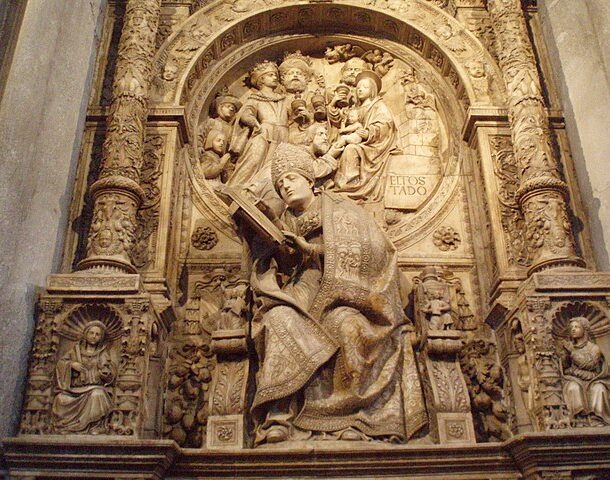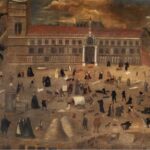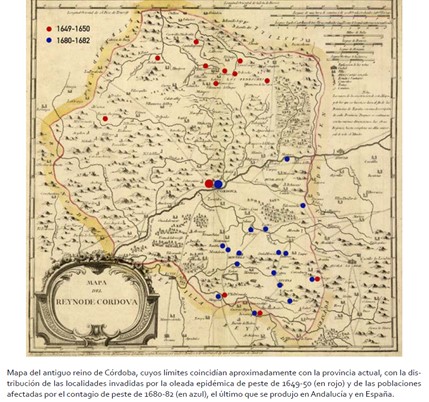
During the Modern Age, numerous epidemics struck Spanish and European populations. The painting shown here, by an anonymous artist, depicts the plague in Seville in 1649. The work focuses on the Hospital de la Sangre and the Macarena Gate, a perspective of the area outside the city walls that shows the tragedy. The Junta de Salud (Board of Health) established this area as a place of transfer for care or a burial site, as was the Prado de San Sebastián or Triana. The painting also shows a procession on the left, while the central area is dominated by the transport of the sick. On the right is a greater concentration of corpses. Due to the high number of contagions and the high mortality rate, it is estimated that this outbreak of plague, the last and most virulent, claimed the lives of 60,000 people in Seville, almost 45% of the city’s population.
Collection: Images
Project: 3. Rural world and urban world in the formation of the European identity., 4. Family, daily life and social inequality in Europe.
Chronology: XVII
Scope: Secondary Education, Baccalaureate, University
Resource type: Image
Format: Painting
Source: Olmedo Granados, F. y García León, G. J. (2021). Andalucía y la cartografía histórica de las pandemias. Sevilla: Fundación Pública Andaluza Centro de Estudios Andaluces, p. 46.
Language: Spanish
Date: 1649
Owner: Pablo Ballesta Fernández (Modernalia)
Copyright: ©Fundación Pública Andaluza Centro de Estudios Andaluces ©Fernando Olmedo Granados ©Francisco Javier García León
Abstract: Painting depicting the scourge of the plague in the city of Seville in 1649
Image
Tags







